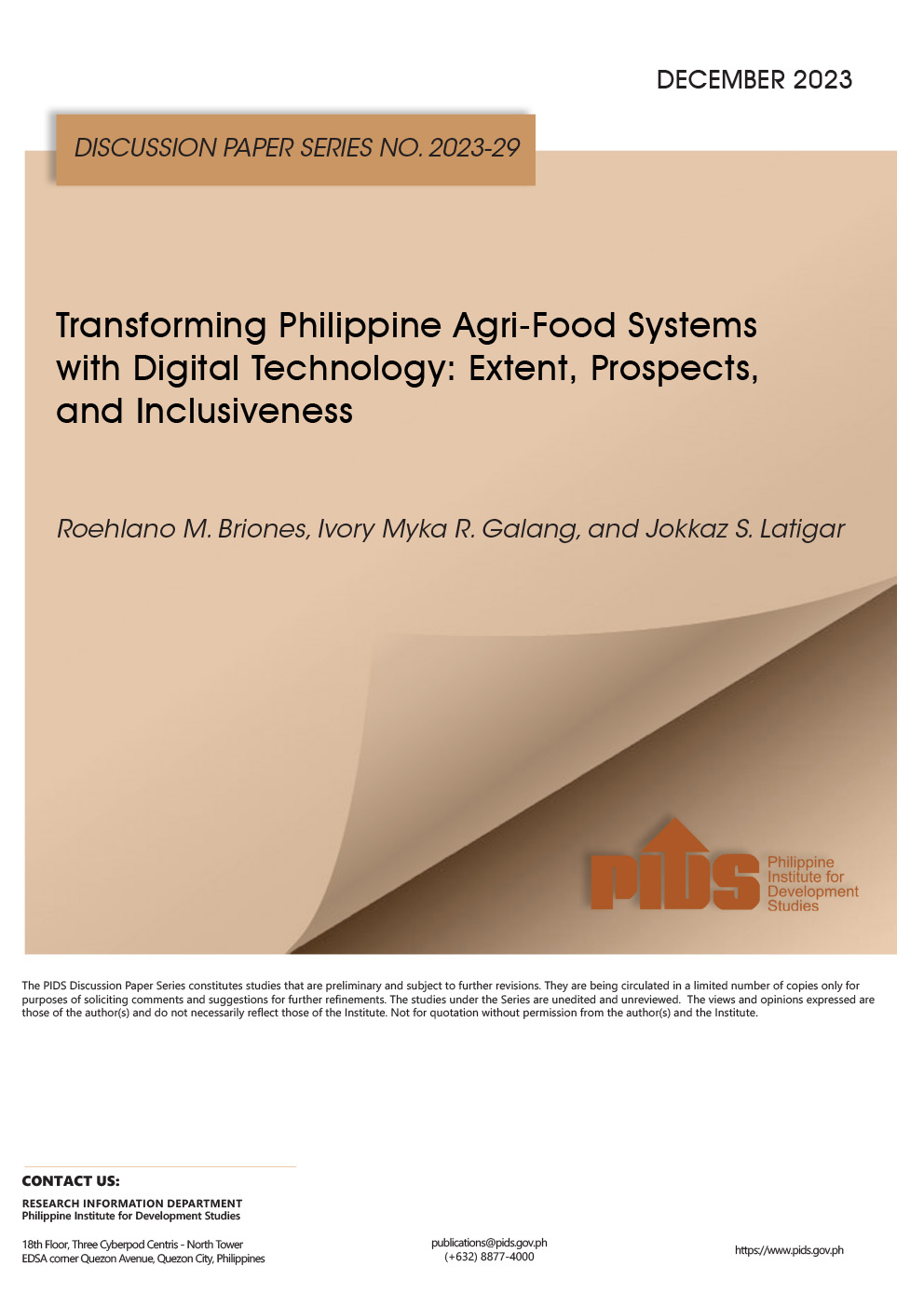Filipinos should brace for higher commodity prices in the next few months due to more expensive crude oil and rice, the National Economic and Development Authority (Neda) said on Tuesday.
Neda Secretary Ernesto M. Pernia said these factors, plus the depreciation of the peso—which would make imports more expensive—would affect inflation.
“Risks to the inflation outlook appear to be tilted to the upside. This could drive inflation toward the higher end of the target,” Pernia said.
Pernia added the National Food Authority (NFA) memorandum, which did not extend the arrival of rice imports under the minimum access volume (MAV) program, will also have a “significant” impact on food prices. The deadline for MAV rice imports was set on February 28.
This means that after February 28, Philippine Institute for Development Studies (PIDS) senior research fellow Roehlano Briones said, the private sector will no longer be allowed to import rice.
Briones added the impact on rice prices will depend on how fast the NFA will be able to procure rice.
Any increase in rice price will ultimately affect food and nonfood prices nationwide. This will particularly have significant impact on the poor. According to the Philippine Development Plan (PDP), rice accounts for 30.6 percent of the total food expenditure of the poorest 20 percent of households, based on the 2012 Family Income and Expenditure Survey.
“[It will] depend on how fast the NFA can do the procurement,” Briones said. “[But] there seems to be enough stocks. [It] also depends on scheduled import arrivals and harvest season.” In February the country’s inflation rate spiked to 3.3 percent, the highest since November 2014, when inflation rate reached 3.7 percent. This brought average inflation in the first two months of the year to 3 percent, according to data from the Philippine Statistics Authority (PSA).
The Neda said the increase was largely due to hikes in rice and other food prices. There was also an increase in nonfood items.
Pernia said rice, meat, fish and vegetables propped up the food subgroup inflation rate to 4.3 percent in February from January’s 3.6 percent. The Neda said rice prices increased because of low inventories. It said rice stocks fell by 17.9 percent in January, due to the contraction in palay production in the fourth quarter of 2016.
There were also price increases in housing, water, electricity, gas and other fuels that drove the nonfood subgroup inflation rate to 2.5 percent in February 2017, from January’s 2 percent.
“The risks to inflation that we see on the external side include increase in the price of oil and the depreciation of peso,” Pernia said.
Inflation in Metro Manila went up by 3.6 percent in February 2017. Inflation in the previous month was posted at 3 percent and in February 2016, 0.1 percent.
The increase in commodity prices in Areas Outside the National Capital Region reached 3.2 percent in February 2017.
Neda Secretary Ernesto M. Pernia said these factors, plus the depreciation of the peso—which would make imports more expensive—would affect inflation.
“Risks to the inflation outlook appear to be tilted to the upside. This could drive inflation toward the higher end of the target,” Pernia said.
Pernia added the National Food Authority (NFA) memorandum, which did not extend the arrival of rice imports under the minimum access volume (MAV) program, will also have a “significant” impact on food prices. The deadline for MAV rice imports was set on February 28.
This means that after February 28, Philippine Institute for Development Studies (PIDS) senior research fellow Roehlano Briones said, the private sector will no longer be allowed to import rice.
Briones added the impact on rice prices will depend on how fast the NFA will be able to procure rice.
Any increase in rice price will ultimately affect food and nonfood prices nationwide. This will particularly have significant impact on the poor. According to the Philippine Development Plan (PDP), rice accounts for 30.6 percent of the total food expenditure of the poorest 20 percent of households, based on the 2012 Family Income and Expenditure Survey.
“[It will] depend on how fast the NFA can do the procurement,” Briones said. “[But] there seems to be enough stocks. [It] also depends on scheduled import arrivals and harvest season.” In February the country’s inflation rate spiked to 3.3 percent, the highest since November 2014, when inflation rate reached 3.7 percent. This brought average inflation in the first two months of the year to 3 percent, according to data from the Philippine Statistics Authority (PSA).
The Neda said the increase was largely due to hikes in rice and other food prices. There was also an increase in nonfood items.
Pernia said rice, meat, fish and vegetables propped up the food subgroup inflation rate to 4.3 percent in February from January’s 3.6 percent. The Neda said rice prices increased because of low inventories. It said rice stocks fell by 17.9 percent in January, due to the contraction in palay production in the fourth quarter of 2016.
There were also price increases in housing, water, electricity, gas and other fuels that drove the nonfood subgroup inflation rate to 2.5 percent in February 2017, from January’s 2 percent.
“The risks to inflation that we see on the external side include increase in the price of oil and the depreciation of peso,” Pernia said.
Inflation in Metro Manila went up by 3.6 percent in February 2017. Inflation in the previous month was posted at 3 percent and in February 2016, 0.1 percent.
The increase in commodity prices in Areas Outside the National Capital Region reached 3.2 percent in February 2017.












